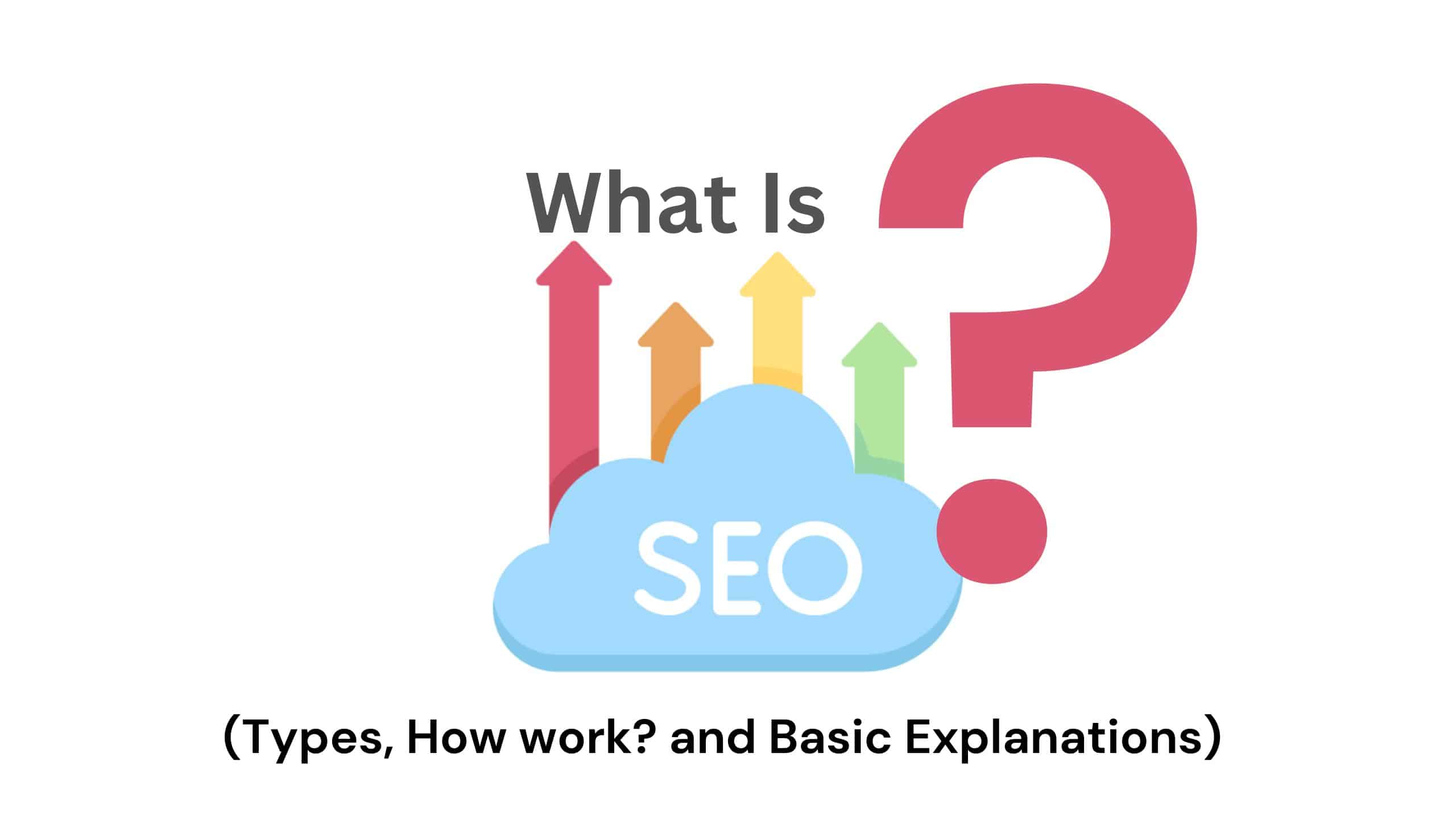Hreflang Guide : Hreflang is an HTML attribute used to signal search engines about the language and regional targeting of web pages. Its purpose is to ensure that users are directed to the most relevant content based on their language and location, which improves the user experience and SEO performance. By using hreflang, webmasters can indicate to search engines which versions of a webpage are targeted at specific language and regional audiences.
1. Hreflang Syntax:
The hreflang attribute is placed within the <link> tag of the HTML head section. It consists of two essential components: the language code and the optional regional code.
The syntax for hreflang is as follows:
<link rel="alternate" href="URL" hreflang="language[-REGION]" />
alternate: Indicates that the link refers to an alternate version of the current page.href: Specifies the URL of the alternate version.hreflang: Defines the language and optional regional targeting.
Examples:
<!-- English (United States) version -->
<link rel="alternate" href="https://example.com/us/" hreflang="en-us" />
<!-- English (United Kingdom) version -->
<link rel="alternate" href="https://example.com/uk/" hreflang="en-gb" />
<!-- Spanish (Spain) version -->
<link rel="alternate" href="https://example.com/es/" hreflang="es-es" />
2. Hreflang Implementation:
To implement hreflang correctly, consider the following steps:
a. Determine Target Languages and Regions: Identify the languages and regions you want to target with alternate versions of your content.
b. Create Alternate Versions: Generate separate URLs for each targeted language and region. Ensure that each version has content in the appropriate language.
c. Add Hreflang Tags: Place hreflang tags in the HTML head section of each page, referencing the alternate versions.
d. Bidirectional Annotations: Ensure that if you have multiple pages in different languages, each one includes the correct hreflang annotations for the other versions.
e. Sitemap Integration: Include hreflang annotations in your XML sitemap to provide search engines with a comprehensive view of your site’s language targeting.
3. SEO Benefits of Hreflang:
Using hreflang correctly can lead to several SEO benefits:
a. Improved User Experience: Visitors are more likely to find content in their preferred language, which enhances user satisfaction.
b. Targeted Traffic: By showing the right content to the right audience, you can attract more targeted traffic to your site.
c. Reduced Duplicate Content Issues: Hreflang helps search engines understand that alternate versions of your pages are not duplicate content but targeted for different audiences.
d. International SEO Success: For multinational companies, hreflang is crucial for better international SEO performance.
4. Potential Pitfalls and Challenges:
While hreflang can greatly benefit your website, improper implementation can lead to challenges:
a. Implementation Errors: Small mistakes in the hreflang syntax or incorrect annotations can cause search engines to misinterpret your targeting.
b. Missing or Incorrect Pages: If a specific language or regional version of your page is missing or incorrectly linked, users may not see the right content.
c. Self-Referencing Loops: Be cautious not to create circular hreflang references between pages, as it can confuse search engines.
d. Country vs. Language Targeting: Differentiate between country targeting (geographical regions) and language targeting to avoid confusion.
5. Best Practices for Hreflang Implementation:
To ensure effective use of hreflang, follow these best practices:
a. Test and Verify: Utilize Google Search Console and other SEO tools to verify the hreflang implementation and identify potential issues.
b. Consistent Language Usage: Use consistent language codes (ISO 639-1 or 639-2) and regional codes (ISO 3166-1 alpha-2) to avoid errors.
c. Self-Referencing Canonicals: Use self-referencing canonical tags to indicate the preferred version of a page if multiple versions target the same language.
d. Relevant Content: Ensure that the content of alternate versions matches the intent of the user’s query.
e. Correctly Specify Regions: Use regional targeting only when you have content tailored specifically for that region.
f. Separate URLs: Utilize separate URLs for each version instead of dynamically serving content based on user IP addresses.
g. Noindex or Robots.txt: Avoid using the “noindex” meta tag or blocking hreflang URLs in the robots.txt file, as this prevents search engines from understanding your targeting.
6. Supported Languages and Search Engines:
Hreflang is supported by major search engines like Google, Bing, and Yandex. It’s essential to consider that different search engines may interpret hreflang annotations slightly differently.
7. Monitoring and Maintenance:
Regularly monitor your website’s performance and language targeting. Update hreflang annotations when adding new languages or regions or when content changes significantly.
Hreflang is a powerful tool for multilingual and multinational websites seeking to enhance user experience and SEO performance. By providing search engines with clear signals about language and regional targeting, hreflang helps deliver the most relevant content to users around the world.
Proper implementation, adherence to best practices, and ongoing monitoring are key to reaping the full benefits of hreflang and reaching a global audience effectively.





